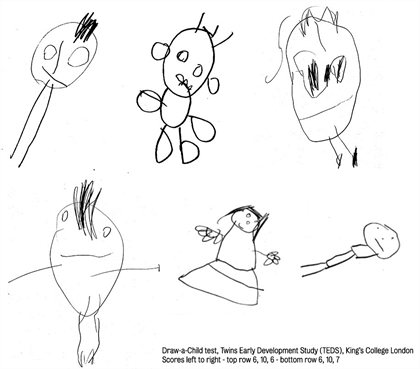In the 14th century king edward ii of england ruled that 1 inch equalled 3 grains of barley placed end to end lengthwise. The width of your four fingers where they meet.

Body Proportions Wikipedia
Ancient measurement body parts. Here are a few more. The handful measurement of objects using body parts. Measurement of objects using body parts the handful the thumb measures 1 inch which is now the basis of measurement. Cubit from latin cubitum the elbow a cubit was a measurement based on the forearm from elbow to fingertip. The ancient chinese system completely separated from the mediterranean european history of metrology is that of ancient china yet the chinese system exhibits all the principal characteristics of the western. The ancient egyptian units of measurement are those used by the dynasties of ancient egypt prior to its incorporation in the roman empire and general adoption of roman greek and byzantine units of measurement.
The exact length varied according to whose arm was being used and could be from 18 to 22 inches. Long before the thumb would be used to measure almost everything. The quantity and the weight of the substance can be roughly identified. English possesses several measurement words that derive from body parts. Many ancient measures particularly lengths and areas of land varied in different places. A handful is a rough measurement of the quantity of dry substances that can fit into a cupped hand.
At first an inch was the width of a mans thumb. The units of length seem to have originally been anthropic based on various parts of the human body although these were standardized using cubit rods strands of rope and official measures maintained at some temples. Example carpenters use their thumb to measure small insignificant measurements. Quinaria the cross sectional area of a pipe created from a flat sheet of lead 5 digits wide stremma the amount of land a person can plow in a day. Land records were often more about taxation rather than for recording actual dimensions. It probably goes without saying that the unit foot was based on the length of a mans foot.
This may have been partly to compensate for the differing productivity or value of the land. Following alexander the greats conquest of persia and subsequent de. The length of a foot the width of a finger and the distance of a step were all accepted measurements. It employed parts of the body as a source of unitsfor example the distance from the pulse to the base of the thumb. Stretch out your hand so that the tip of your thumb is as far away as possible from the tip of your pinky. Example chefs use handfuls to measure grains rice.
Eight body based units of measurement before we had precise standardized units of measure such as meters and feet lengths and even ocasionally volumes were reckoned based on the average dimensions of human body parts. In ancient times the body ruled when it came to measuring.


















